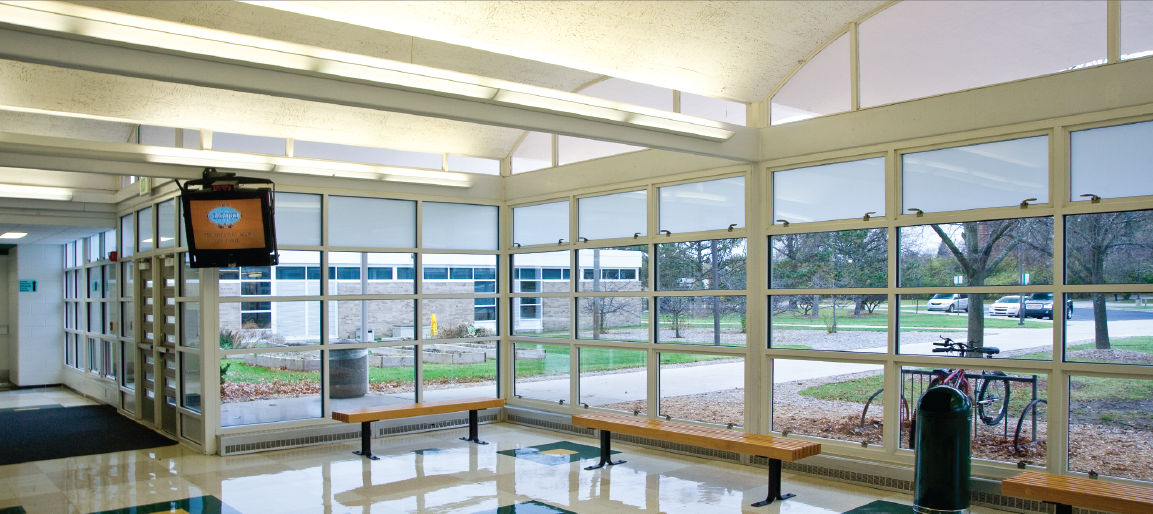Birmingham School District faced a common problem among today’s schools. Located in Troy, Michigan, the District’s paging system used antiquated technology that was beginning to show its age. The system was inflexible and costly to maintain. Additionally, to ensure students’ safety in schools located across Troy, the District needed to adhere to modern guidelines for emergency messages and instruction. District administrators recognized that student and teacher safety depends on having a reliable and intelligible method of communicating during an emergency situation. Simple alarms are insufficient, particularly where young children are present. Students expect to be directed on where to go and what to do.
In addition to overall safety measures, school administrators also need proper audio equipment for managing common daily tasks such as morning announcements, paging, and bell schedules.
Birmingham Public School District comprises 15 separate buildings, including eight elementary schools, three middle schools, two high schools, one senior center, and the administration office. District administrators began seeking a solution to modernize its facilities and provide improved campus security in the event of an emergency.
Each of the District’s buildings contained an analog public address (PA) system with one microphone in the main office and a Dukane integrated classroom system. These were typically stand-alone systems, with no real standard of consistency throughout the District. The lack of a streamlined approach and unified communication platform across all facilities was an important challenge for the District to overcome.
The District sought to provide a unified communication system that would allow clear, intelligible paging, schedule bells, and message announcements in each building, while simultaneously functioning as a platform to deliver emergency messages when needed—in individual buildings as well as district-wide.
Vocia was chosen because it provided a robust paging backbone that would reside on the District’s wide-area network (WAN), along with exceptional DSP and remote supervision of the entire system over the existing WAN. The ability to add audio inputs and remote paging microphones met the District’s current needs and allowed for future expansion.
Because the buildings are located at least a few miles from each other, all are tied together with Vocia through the existing WAN, allowing for inter-building paging, as well as district-wide paging. This was the primary feature that attracted the District to Vocia. The email notification system that alerts IT staff to system faults, the ability to monitor the system in real time, and the capability to make adjustments to levels or routing—all from a single remote location—have proven invaluable to the District’s operating efficiency.
Reactions among educators and District administrators have been overwhelmingly positive. Dr. Joseph Hoffman, Executive Director of Technology for Birmingham Public Schools, stated, “Our confidence in Vocia was confirmed the first week of school, when our staff and students could really hear the difference in the bells and announcements… We’re very happy with our investment in Biamp and Vocia.”
Download our Birmingham School District case study to learn more, or contact your Biamp sales representative to discover what Vocia can do for your installations.
